![]() Jun 28 2022
Jun 28 2022
![]()
Biodegradable disposable cutlery, also known as "green ecological cutlery", refers to cutlery that can be degraded under the action of soil microorganisms and enzymes. Specifically, it refers to polymer tableware that can biodegrade under certain conditions under the action of natural microorganisms such as bacteria, molds, and algae. The ideal biodegradable disposable cutlery is a polymer material with excellent performance, which can be completely decomposed by environmental microorganisms after being discarded, and finally converted into CO2 and H2O to become an integral part of the carbon cycle in nature.

The decomposition of biodegradable disposable cutlery is mainly through the action of microorganisms. Therefore, the degradation mechanism of biodegradable disposable cutlery is the process of digestion and absorption of materials by bacteria, molds, etc. First, microorganisms secrete hydrolytic enzymes in vitro to combine with the surface of the material, and then cut off the polymer chains on the surface through hydrolysis to generate compounds of small molecular weight, and then the degraded products are taken into the body by the microorganisms, and through various metabolic routes, microbial organisms are synthesized or transformed. The energy for microbial activity is eventually converted into water and carbon dioxide. According to the chemical nature of its degradation, it can be divided into two types: hydrolysis and enzymatic hydrolysis.
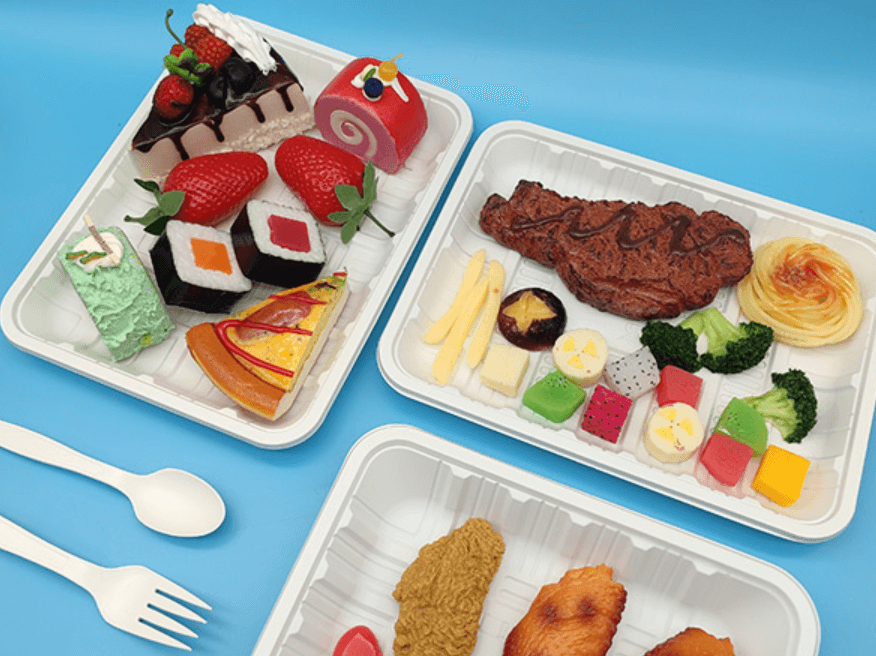
The degradation of materials is essentially a process in which the polymer segments inside are broken into low-molecular-weight oligomers under specific conditions, and finally decomposed into monomers. The "corrosion" of the material refers to the process in which the water-soluble small molecular substances formed leave the polymer material due to the breakage of the molecular chain, resulting in the reduction of the mechanical properties of the material and the final complete disappearance of the material.
biodegradable disposable cutlery has the following characteristics:
1. It can be disposed of together with garbage, or made into compost to return to nature;
2. The volume is reduced due to degradation and the service life of the landfill is prolonged;
3. There is no problem that ordinary plastics need to be incinerated, which can inhibit the emission of harmful gases such as dioxin;
4. It can reduce the harm of random discarding to wild animals and plants;
5. It is convenient for storage and transportation, as long as it is kept dry, it does not need to be protected from light;
6. Wide range of applications, not only can be used in agriculture and packaging industry, but also widely used in medical industry.
If the degradation rate of the molecular segment is faster than the diffusion rate of water molecules in the material, the hydrolysis of the segment is limited to the surface of the material, and it is difficult to enter the interior of the material. This method belongs to surface dissolution or heterogeneous dissolution. If water molecules When the diffusion rate of the material is faster than the hydrolysis rate of the polymer segment, the degradation of the surface and the interior of the material is carried out at the same time, so it belongs to the overall dissolution.
PRODUCT CATEGORIES
![]() You May Also Like
You May Also Like
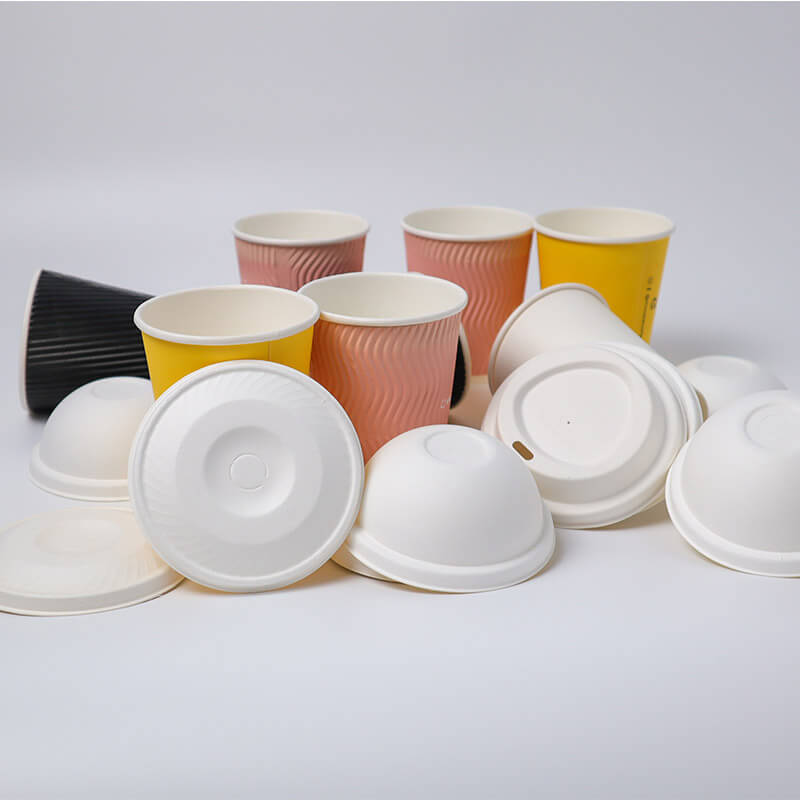
Custom Biodegradable Bagasse Pulp Cuplids, Coffee Paper Cup And Lids
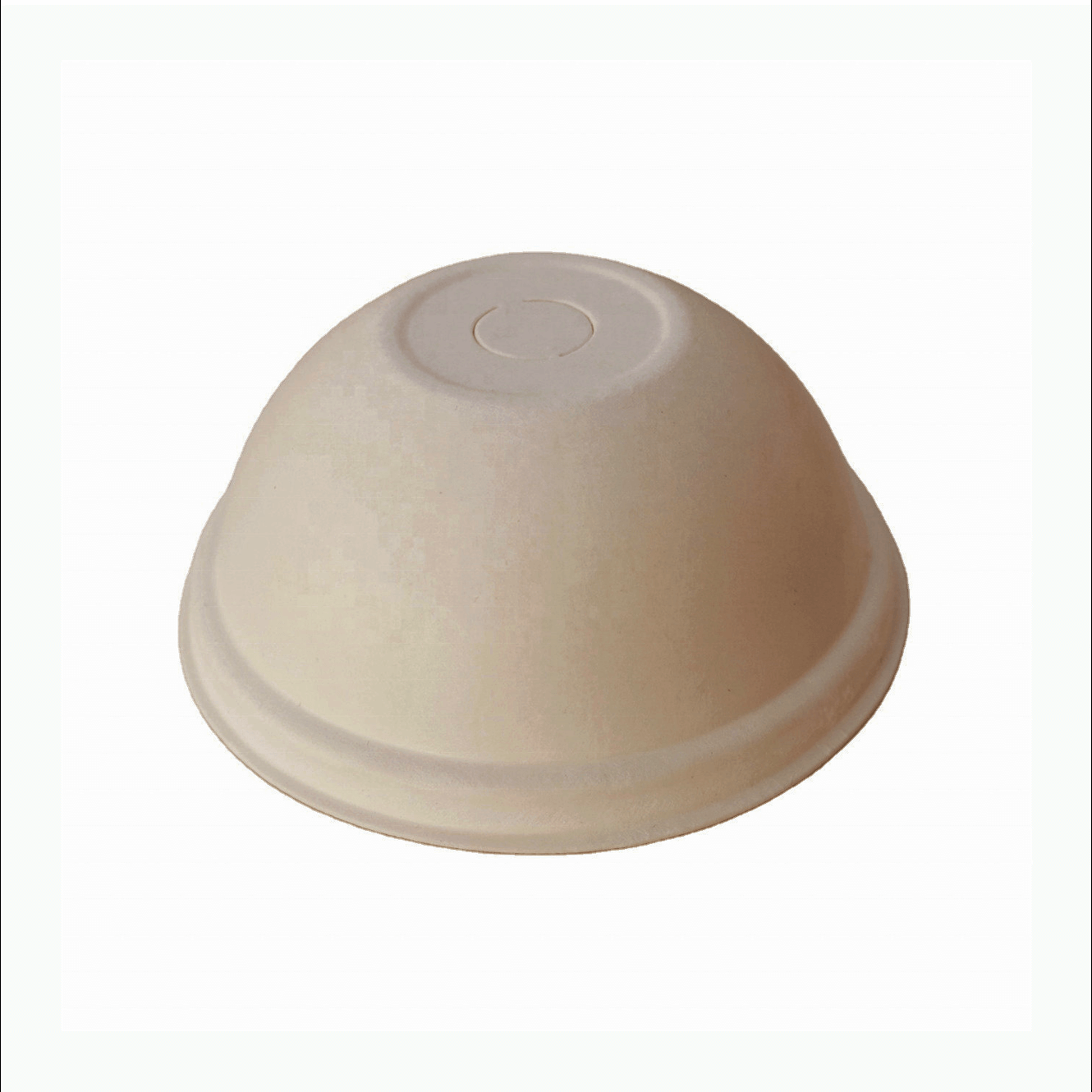
80mm Bagasse paper lid, dome shape, natural brown
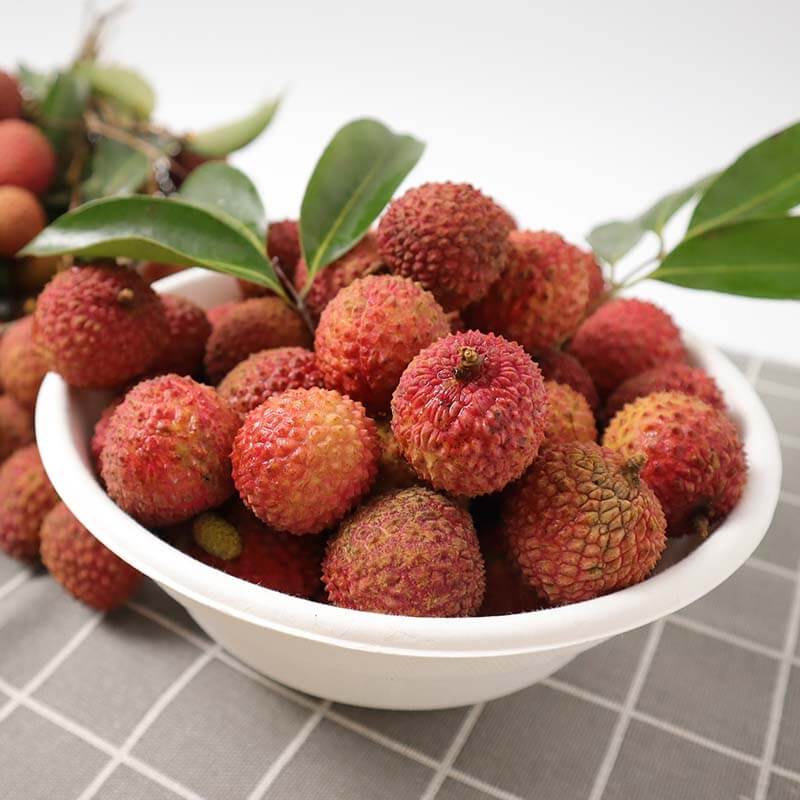
Wholesale Biodegradable Disposable Bagasse Salad Rice Fruit Bowl

7 x 5 inch Rectangle bagasse clamshell, white
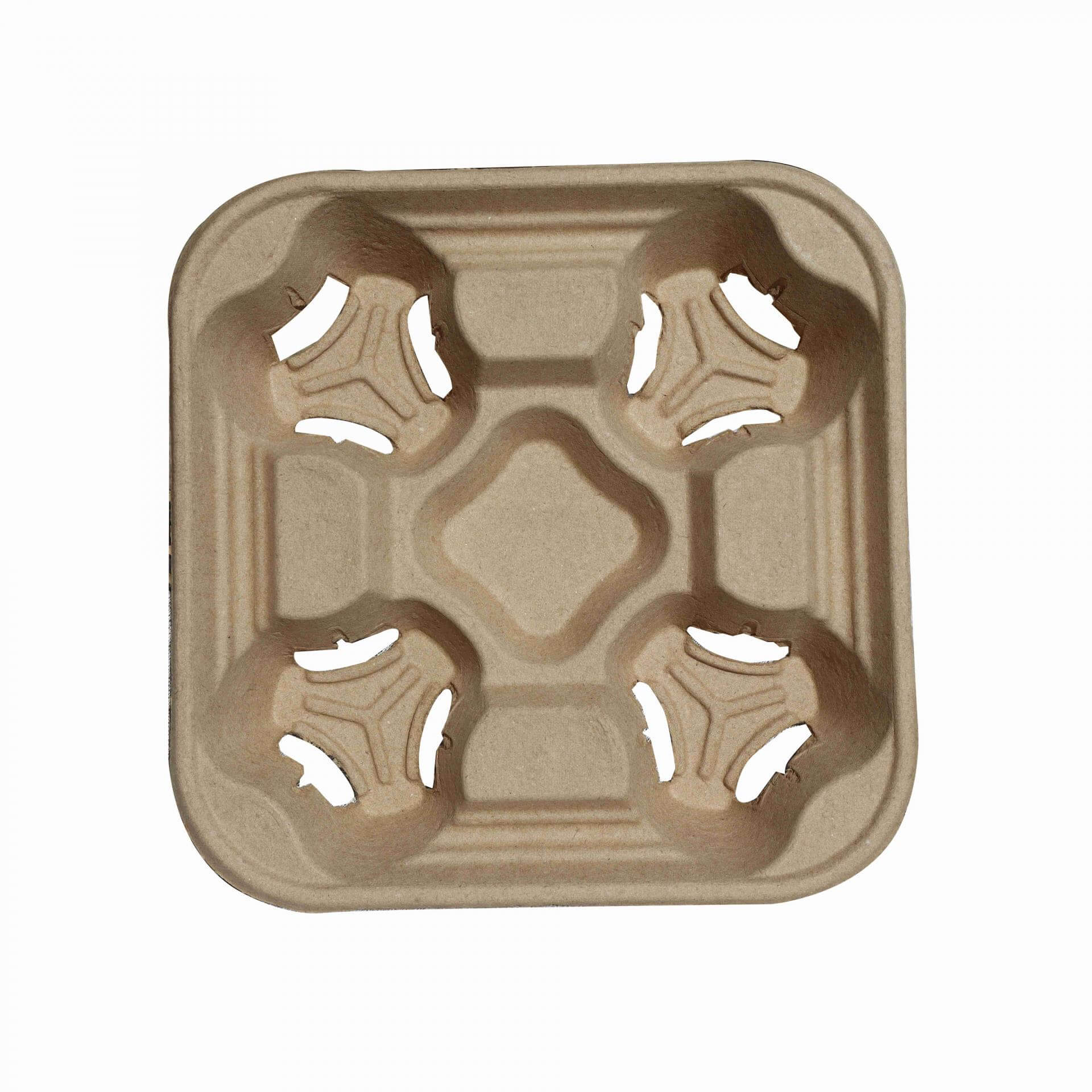
Corrugated pulp disposable 4 cup holder tray takeaway carrier

90mm natural brown sugarcane pulp sip lid, round design
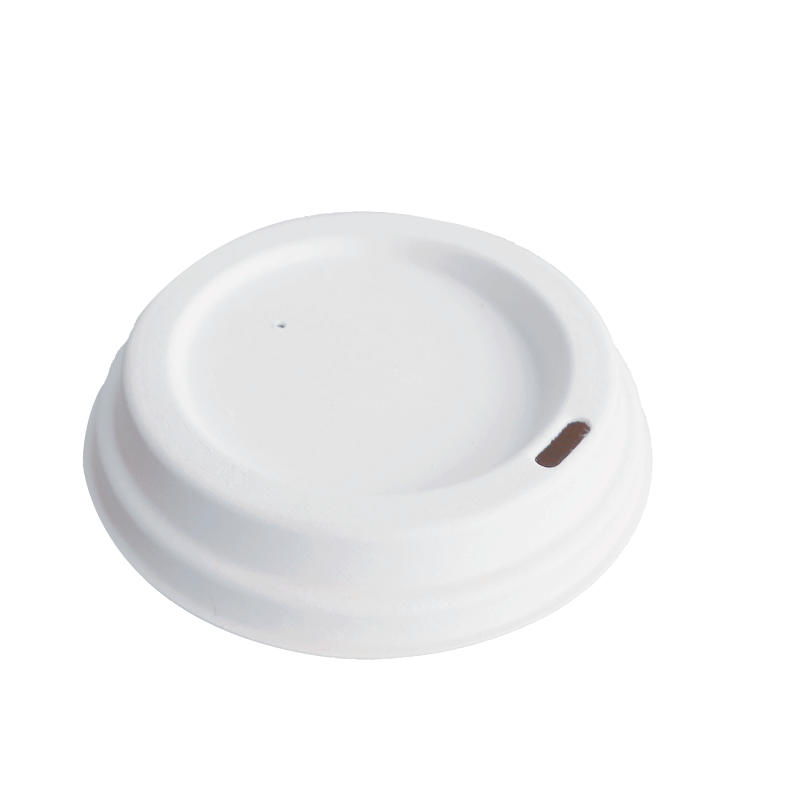
90mm White sugarcane pulp sip lid, round design
